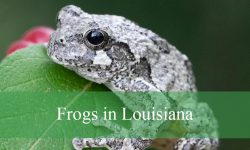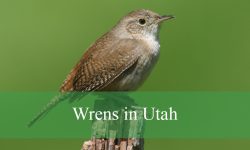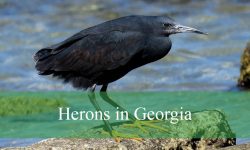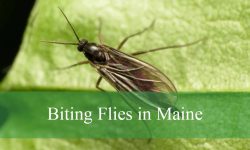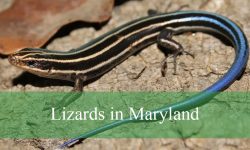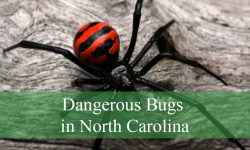Virginia’s diverse landscapes—ranging from misty Appalachian mountains to rich coastal plains—provide an ideal environment for several deer species, each with its own fascinating story. The state’s woodlands and meadows are home to the graceful white-tailed deer, while reintroduced elk now roam the rugged southwest, reviving a piece of lost natural history.
Although Virginia’s ecosystems primarily support one native deer species, other types like mule deer and caribou hold historical or occasional significance, offering a glimpse into the state’s changing wildlife patterns. From prehistoric tundras to modern conservation success, deer have played a vital role in shaping Virginia’s ecological and cultural identity.
In this article, you’ll discover the four types of deer found in Virginia, complete with descriptions, identification details, and insights into their habitats and history—revealing how each species contributes to the state’s remarkable wildlife diversity.
Different Types of Deer Found in Virginia
White-tailed Deer (Odocoileus virginianus)
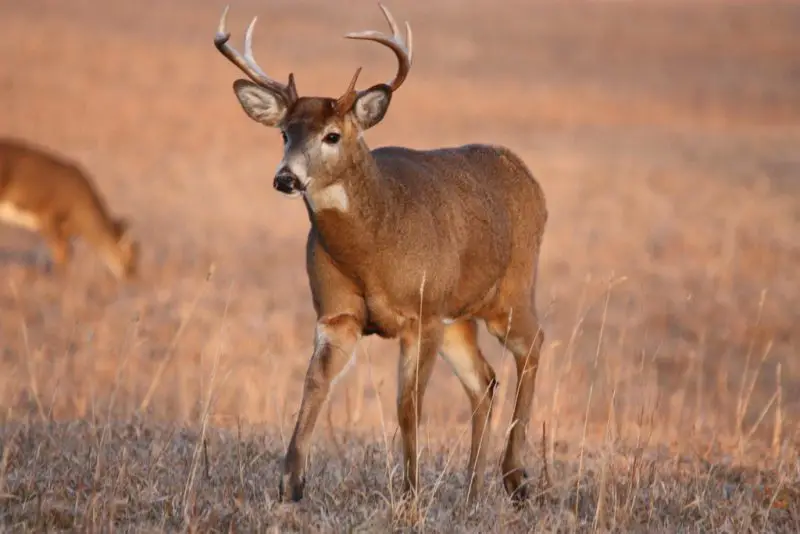
The White-tailed Deer is the most abundant and widely recognized deer species in Virginia, and indeed across much of North America. Its name comes from the distinctive white underside of its tail, which it raises as a warning signal when alarmed. During summer, its coat appears sleek and reddish-brown, blending well with forest vegetation, while in winter, it changes to a thicker, grayish hue for better camouflage. Adult males, known as bucks, can weigh between 150 and 200 pounds, whereas females, or does, usually weigh between 90 and 130 pounds. Bucks grow a new set of antlers every year, shedding them during late winter and regrowing them in spring—a symbol of their strength and dominance during the breeding season.
In Virginia, white-tailed deer inhabit a wide range of environments, from dense Appalachian forests to open agricultural lands and even suburban neighborhoods. They are highly adaptable animals that thrive in areas where forest cover meets open clearings, which provide both food and protection. The species’ diet is incredibly varied; they browse on leaves, acorns, twigs, buds, fruits, and cultivated crops such as soybeans and corn. This dietary flexibility helps them survive in regions with seasonal food shortages, allowing their population to remain strong throughout the year.
White-tailed deer are crepuscular, meaning they are most active at dawn and dusk. During the day, they rest in shaded thickets, emerging in low-light hours to feed. Bucks typically lead solitary lives outside the mating season, while does often travel in small family groups with their fawns. The mating season, known as the rut, peaks from late October through early December in Virginia. During this time, bucks become more aggressive and can be seen rubbing their antlers on trees, leaving scent marks, and engaging in sparring matches to compete for mates.
Despite their beauty and ecological importance, white-tailed deer can also present challenges when populations grow too large. Overpopulation leads to excessive browsing that can harm forest regeneration and agricultural crops. In urban areas, deer frequently cause vehicle collisions, garden damage, and even spread tick-borne diseases such as Lyme disease. These conflicts have made deer management a vital concern across the state, prompting efforts to maintain healthy population levels that benefit both wildlife and people.
To address these issues, the Virginia Department of Wildlife Resources (DWR) enforces regulated hunting seasons as a key tool for population control and conservation. By carefully balancing hunting quotas, monitoring herd health, and protecting critical habitats, the DWR ensures that white-tailed deer remain a sustainable part of Virginia’s ecosystem. Today, these graceful animals stand as both a symbol of the state’s natural heritage and a testament to the success of modern wildlife management.
Elk (Cervus canadensis)
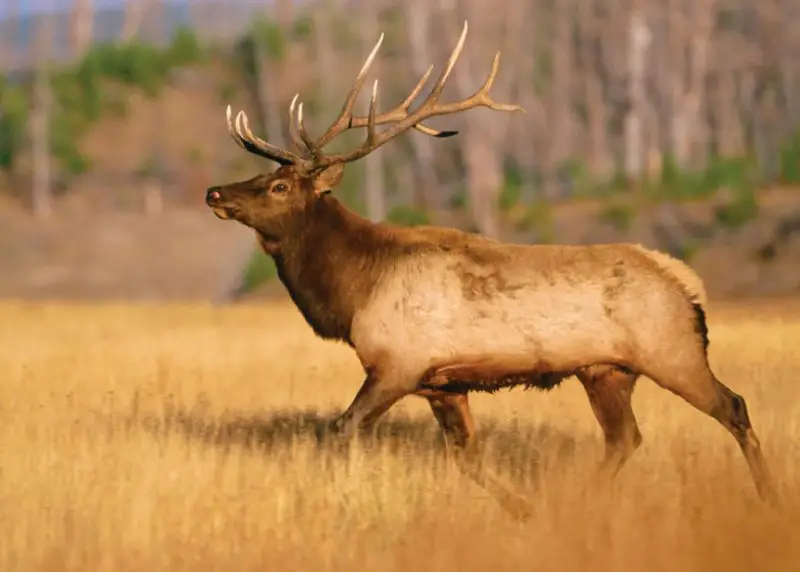
The Elk, also known as wapiti, is one of the largest members of the deer family and once roamed widely across Virginia’s forests and valleys. Historical records indicate that elk populations were abundant throughout the Appalachian Mountains, but by the mid-1800s, they had vanished from the state. Overhunting for meat and hides, combined with extensive deforestation during early settlement and industrial expansion, destroyed much of their natural habitat. For more than a century, elk were considered extinct in Virginia’s wild landscapes—until recent reintroduction efforts brought them back.
In 2012, the Virginia Department of Wildlife Resources (DWR), in collaboration with partners such as the Rocky Mountain Elk Foundation, launched a major restoration project to reestablish elk populations in the southwestern part of the state. Elk from Kentucky were carefully relocated to Virginia’s Buchanan, Dickenson, and Wise counties, forming what is now known as the Virginia Elk Restoration Zone. Since then, the herd has flourished, with numbers steadily increasing thanks to suitable habitat, community support, and effective conservation management.
Elk are massive animals, far larger than white-tailed deer. Mature males, or bulls, can weigh between 600 and 700 pounds, while females, or cows, average around 500 pounds. They have rich, dark brown coats with lighter rumps and shaggy neck manes that grow thicker in winter. One of their most iconic features is the impressive set of antlers that bulls grow annually—some spanning over four feet across. These antlers are shed and regrown each year, representing the elk’s vitality and dominance within the herd.
The fall breeding season, known as the rut, is a particularly dramatic time in Virginia’s elk country. During this period, males compete for harems of females, filling the mountain valleys with their haunting bugling calls—a high-pitched, echoing sound used to attract mates and challenge rivals. The sight of bulls clashing antlers amid the autumn mist and the echo of their bugles has become one of the most breathtaking wildlife experiences in the state, drawing nature lovers and photographers from across the region.
Today, elk in Virginia stand as a powerful symbol of successful wildlife restoration. Their comeback demonstrates the effectiveness of science-based conservation and the resilience of native ecosystems when given a chance to recover. Visitors can view these majestic animals safely and respectfully at designated areas like the Southern Gap Elk Viewing Area and Breaks Interstate Park, where guided tours and observation platforms allow for unforgettable encounters. The reintroduction of elk has not only revived a lost species but also revitalized local ecotourism and renewed public appreciation for Virginia’s natural heritage.
Mule Deer (Odocoileus hemionus) – Rare Visitor
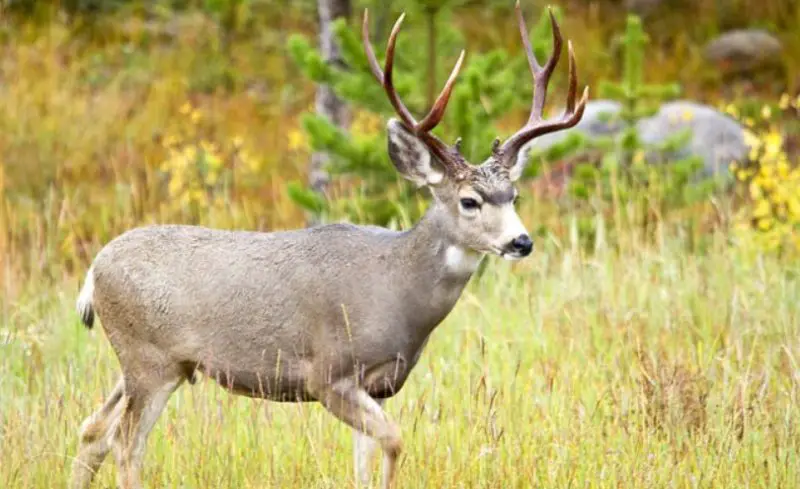
The Mule Deer, named for its large, mule-like ears, is primarily native to the western half of North America, thriving in open plains, deserts, and mountainous regions. This species is a rare and occasional visitor to Virginia, as its natural range typically does not extend east of the Mississippi River. Mule deer are distinguished from white-tailed deer by several key features: they have a black-tipped tail, a stockier build, and antlers that fork evenly rather than growing from a single main beam. Their keen sense of hearing, aided by their large ears, helps them detect predators in the wide-open spaces they usually inhabit.
In Virginia, confirmed mule deer sightings are exceedingly uncommon and usually attributed to accidental introductions or escaped captive animals rather than naturally established populations. Most reports come from the Appalachian region, where terrain somewhat resembles the dry, rugged environments mule deer prefer. Wildlife officials and researchers note that occasional misidentifications with white-tailed deer also occur, as younger white-tailed bucks can sometimes display antler patterns that superficially resemble those of mule deer. Despite these rare appearances, there is no evidence of a sustainable or breeding population in the state.
Mule deer are animals of the open country, thriving in environments with sparse vegetation, such as sagebrush flats, foothills, and high-altitude meadows. Their preference for arid or semi-arid regions contrasts sharply with Virginia’s humid climate and dense forests, which offer little of the terrain or vegetation they require. This ecological mismatch explains why they have not been able to establish a permanent presence in the region. The thick forests of Virginia limit their visibility and movement, making survival more challenging for a species adapted to open landscapes.
In their natural western range, mule deer migrate seasonally, traveling long distances between summer and winter feeding grounds to find suitable forage. Such large-scale migrations are nearly impossible in Virginia, where fragmented forests, highways, and human settlements dominate the landscape. The lack of suitable corridors further restricts the possibility of mule deer successfully inhabiting or expanding within the state.
Although rare in Virginia, the mule deer’s occasional presence provides fascinating insight into wildlife movement and adaptability. Each verified sighting adds to the understanding of how animal populations respond to environmental changes and habitat boundaries. For wildlife enthusiasts and researchers alike, spotting a mule deer in Virginia is an exceptional event—a glimpse of a western icon wandering through the Appalachian wilderness, far from its usual home.
Caribou (Rangifer tarandus) – Extinct in Region
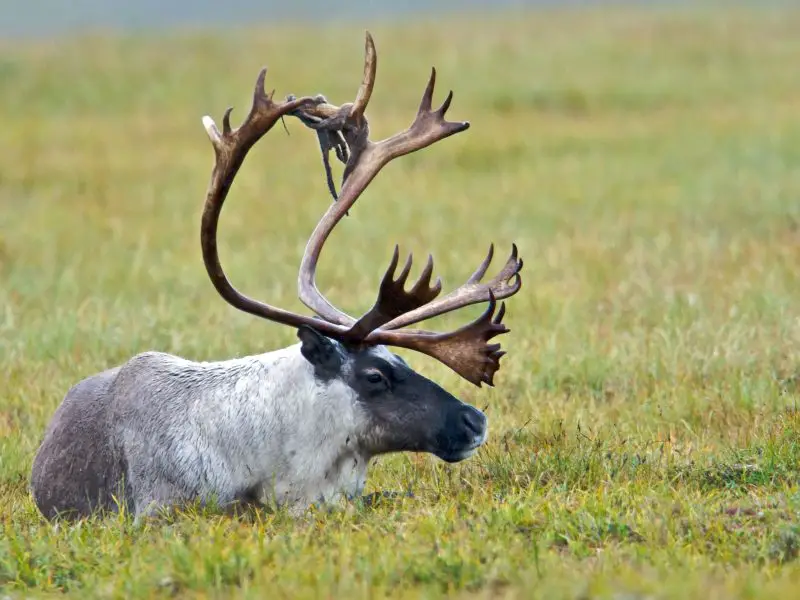
The Caribou, also known as the reindeer in Eurasia, is a remarkable species that once roamed the frigid landscapes of prehistoric Virginia thousands of years ago. During the late Pleistocene Epoch, when vast ice sheets blanketed much of North America, caribou herds migrated across what are now the Appalachian Mountains and the mid-Atlantic states. Fossil and skeletal remains discovered in the region provide evidence of their ancient presence, revealing a time when Virginia’s environment was far colder, with tundra-like vegetation similar to modern-day Alaska and Canada. As the Ice Age ended and temperatures began to rise, these herds gradually retreated northward in search of cooler climates, ultimately disappearing from Virginia’s ecosystems.
Caribou were perfectly adapted to the icy world they inhabited. They possessed dense, hollow fur that trapped air for insulation, keeping them warm in extreme cold. Their broad, rounded hooves acted like snowshoes, allowing them to move efficiently across deep snow and soft tundra. Both males and females grew antlers—an uncommon trait among deer species—which they used for digging through snow to uncover lichens, their primary winter food source. This adaptation made them ideally suited for survival in frozen environments but poorly equipped for Virginia’s warmer, post-glacial conditions.
The disappearance of caribou from Virginia coincided with dramatic environmental transformations at the end of the Ice Age. As glaciers melted, the tundra was replaced by temperate forests dominated by oaks, hickories, and pines. These new habitats favored other species such as white-tailed deer, elk, and black bears, while the cold-loving caribou moved north to remain within their ecological comfort zone. This shift illustrates how species distribution is closely tied to climate, and how natural warming events can lead to major changes in regional biodiversity over thousands of years.
Although caribou no longer inhabit Virginia, their legacy continues through the fossil record and the ecological lessons they offer. Their ancient presence serves as a reminder of the state’s dynamic natural history—a land once shaped by glaciers, where tundra mammals roamed before yielding to the forests we see today. In this way, caribou connect the modern landscape to a forgotten Ice Age wilderness, bridging past and present in the story of Virginia’s wildlife evolution.
Today, caribou remain symbolic of the northern wilderness of North America, ranging across Alaska, Canada, and parts of the Arctic Circle. They continue to play vital roles in Indigenous cultures and northern ecosystems, representing endurance, migration, and adaptation. While extinct in Virginia, the caribou’s enduring spirit endures as a link to the state’s ancient past—an echo of a time when herds once trod the frozen ground of what is now the Appalachian region.
Summary
Deer Species |
Status in Virginia |
Habitat |
Notes |
|---|---|---|---|
White-tailed Deer |
Common & native |
Forests, fields, suburbs |
Main deer species in Virginia |
Elk |
Reintroduced |
Appalachian mountains (SW Virginia) |
Growing population, conservation success |
Mule Deer |
Rare visitor |
Western-style open lands |
Not established population |
Caribou |
Extinct (prehistoric) |
Ice Age tundra |
Historical presence only |

